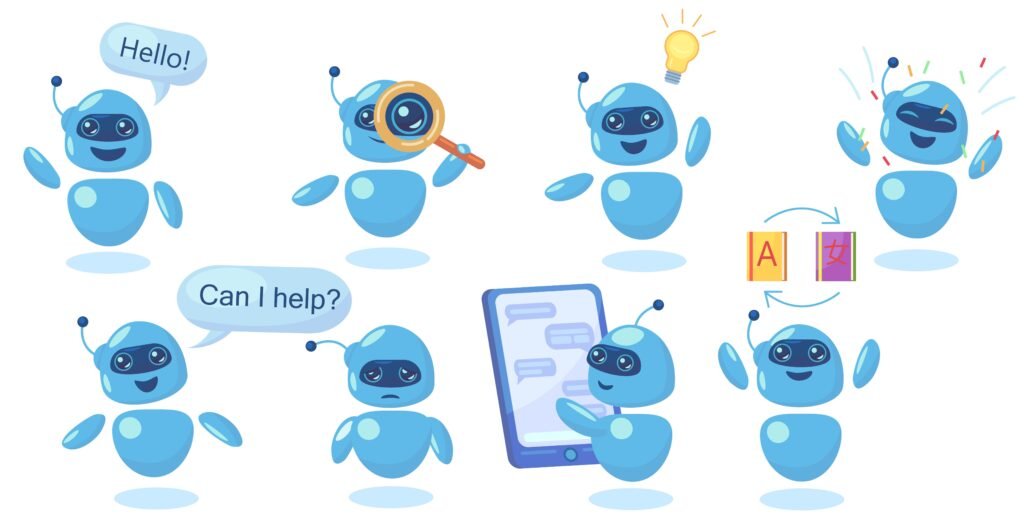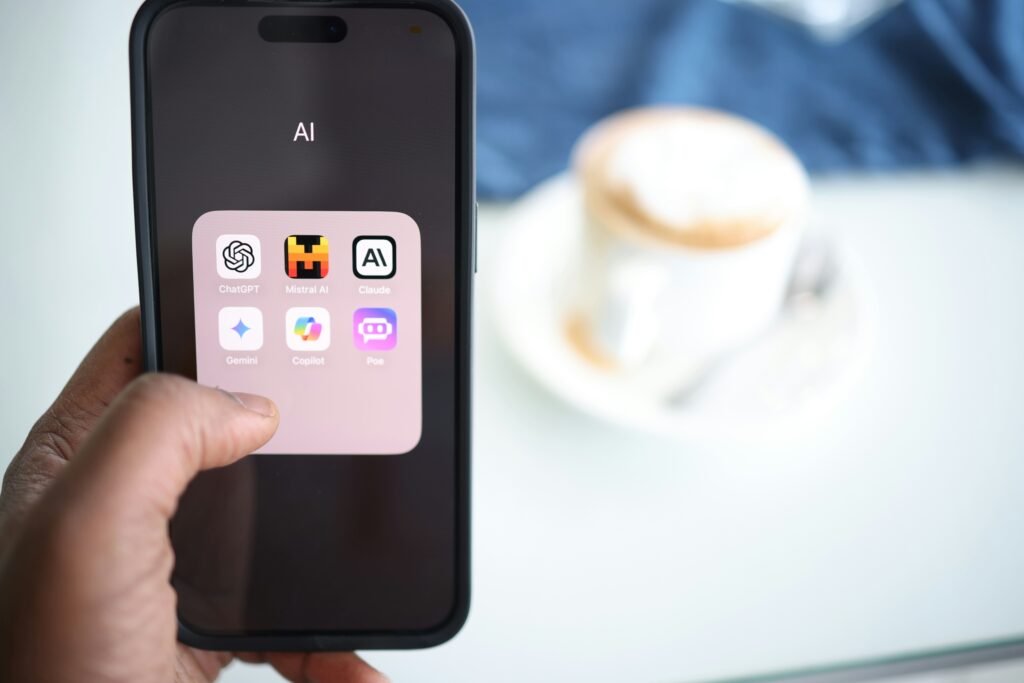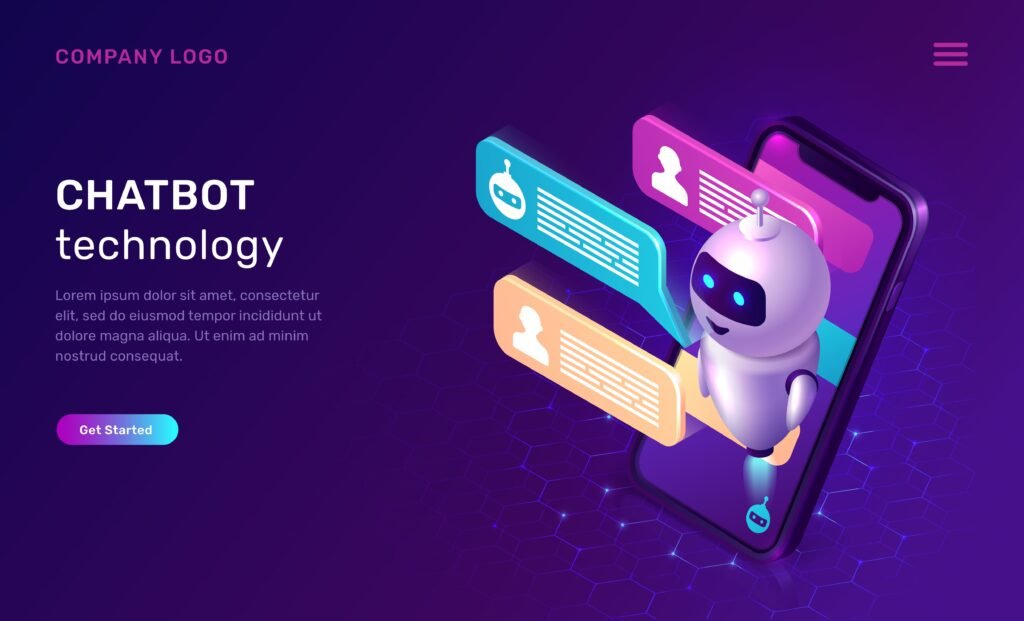Introduction: What Is an AI Chatbot with No Filter?
In the fast-paced world of artificial intelligence, chatbots have become one of the most fascinating and at times, controversial tools available to the public. But what happens when you remove the safety rails? Enter the world of the AI chatbot no filter, where conversations aren’t censored or restricted by moderation algorithms. These are chatbots designed or unleashed without the usual content filters, offering raw, unmoderated responses that can shock, entertain, or inform in unpredictable ways.
This article dives deep into the technology, risks, and potential of unfiltered AI chatbots, their behaviour, response patterns, and the debate surrounding AI without restrictions. We’ll also cover how this movement impacts AI chatbot development and explore the future of generative AI chatbots with minimal or no content moderation.

Section 1: What Does “No Filter” Really Mean for AI Chatbots?
When people refer to an “AI chatbot no filter,” they typically mean one that operates with minimal content moderation. Most mainstream AI chatbots today include layers of filters to:
- Block offensive language
- Avoid misinformation
- Stay within ethical guidelines
However, an uncensored AI chatbot is either deliberately designed to bypass these filters or hacked/modified to ignore them.
An open AI chatbot dialogue can mean full freedom of expression, but it also opens the door to controversial, risky, and sometimes dangerous conversations.
Section 2: The Behaviour of Unfiltered AI Chatbots
What Makes AI Chatbot Behaviour So Unpredictable?
AI chatbot behaviour is largely influenced by its training data, model architecture, and the reinforcement techniques used. In a filtered chatbot, these behaviours are shaped by safety guidelines and content rules. But with AI without restrictions, the chatbot may:
- Mimic inappropriate behaviour
- Respond with political bias
- Share opinions that could be harmful or incorrect
- Produce hate speech, conspiracy theories, or dangerous advice
Real-World Examples
There have been multiple cases where unfiltered bots have gone viral for saying shocking or bizarre things. Microsoft’s infamous Tay chatbot is one of the early examples of what can go wrong with no-filter AI. Within hours of release, it began spouting racist and offensive content due to user manipulation and lack of content controls.
Section 3: The Appeal and Risks of Controversial AI Chatbots
Why would anyone want an unfiltered AI? It boils down to:
- Freedom of speech
- Authenticity
- Humour or shock value
- Developer experimentation
However, controversial AI chatbots also come with real concerns:
- Legal liability for developers
- Ethical implications
- Spread of misinformation
- Exposure to vulnerable users (e.g., children, mentally ill)
In short, these bots walk a fine line between technological innovation and societal harm.
Section 4: How AI Chatbots Generate Responses
Under the Hood of an AI Chat Model with No Filter
A typical AI chatbot uses a language model (like GPT or LLaMA) trained on vast datasets. With no filter, the model doesn’t suppress any output based on sensitive content, tone, or compliance. This increases the chance of raw, unmoderated replies, known as AI chatbot response unpredictability.
In AI chatbot development, filters are usually added at three levels:
- Training phase (data curation)
- Prompt engineering (guardrails)
- Output moderation (real-time censorship)
Remove any of these, and you create an AI chat model no filter that produces direct, sometimes reckless outputs.
P.S: For a deeper understanding of how artificial intelligence is transforming today’s software solutions, check out this detailed article. It covers essential aspects of AI software development, including tools, frameworks, and practical use cases that are driving innovation across industries

Section 5: Generative AI Chatbots and the Quest for Accuracy
Generative AI chatbots are designed to “create” new text based on patterns they’ve learned. Without filtering, they may:
- Be more creative
- Be more honest (to a fault)
- But also, more inaccurate
The Problem with AI Chatbot Accuracy
A filtered chatbot might avoid answering a complex or risky question. An unfiltered one will attempt it whether it knows the right answer or not. This creates a dilemma:
Should AI prioritize free speech over factual accuracy?
It’s a question still being debated heavily among developers, regulators, and ethicists.
Section 6: Use Cases for Unfiltered AI Chatbots
While many think of unfiltered AI as a novelty or a joke, there are actually valid use cases:
- Creative writing: Generating uncensored dialogue for fiction
- Adult entertainment: Roleplaying or fantasy chatbots
- Developer sandboxing: Testing how models behave under stress
- Philosophical conversation: Exploring taboo or controversial topics
Of course, these should be handled with strict user consent and age restrictions.
Section 7: Ethics, Safety, and the Human Factor
Should AI Chatbots Ever Be Unfiltered?
There’s no easy answer. While some argue that AI should mimic human freedom of speech, others point out that machines lack moral judgment. Giving them unlimited freedom without context can lead to real harm.
AI chatbot development teams must ask:
- Who is responsible for what the AI says?
- How can we balance innovation with safety?
- Should users be warned or gated before using no-filter AI?
It’s a dilemma that’s far from being solved.

Section 8: Regulation, Platform Policies, and Bans
Big tech platforms like OpenAI, Meta, and Google have clear policies that restrict certain behaviours in AI models. In fact, most AI chatbot development teams are bound by:
- GDPR
- HIPAA (for healthcare)
- FTC rules (in the U.S.)
Unfiltered bots could potentially breach these, making them legally risky to deploy.
We’re already seeing bans and take-downs of rogue chatbot deployments. Future regulation may define stricter boundaries for what AI can and cannot say.
P.S: If you’re exploring the potential of AI beyond chatbots whether it’s for automation, analytics, or intelligent platforms this guide on AI development services breaks down everything you need to know. It covers key technologies, development strategies, and how businesses can safely and effectively integrate AI into their workflows.
Section 9: What Happens When AI Chatbots Have No Filter?
Let’s dive into the long-tail query: what happens when AI chatbots have no filter?
In practice, you get:
- Content that’s less polished but more real
- Greater potential for abuse and trolling
- Unexpectedly funny or creative outputs
- Occasional offensive or dangerous replies
Some users love it. Others are shocked by it. The reactions are mixed, proving that user intent and expectations vary wildly.
Section 10: Should AI Chatbots Have Content Filters?
This is another big, we need to explore. Should chatbots be allowed to say anything? Or should their language be constrained to align with human values?
Pros of content filters:
- Protect users from harm
- Maintain brand reputation
- Ensure legal compliance
Cons of content filters:
- Censorship of free expression
- Reduced creativity
- Overly cautious AI behaviour
Ultimately, it may come down to user choice platforms offering both filtered and unfiltered modes with appropriate warnings.
Section 11: Building Ethical, Custom Chatbots
For businesses or developers looking to explore AI safely, building custom models is key. Through AI chatbot development, teams can:
- Define their own filter rules
- Use explainable AI techniques
- Monitor usage patterns
- Incorporate opt-in or age-restriction features
This enables the best of both worlds’ powerful generative tech with responsible oversight.
P.S: To get a broader view of how AI intersects with modern healthcare, this insightful breakdown of digital health and MedTech explores the technologies transforming patient care, remote monitoring, and connected medical systems.
Conclusion: The Future of AI Without Restrictions
We’re entering an age where people crave more real, less robotic digital experiences. AI chatbot no filter tools meet that demand but they also come with significant risks. As we explore the future of unfiltered AI chatbots, we must ask: How much freedom is too much? And who draws the line?
Whether you’re a developer, user, or policymaker, it’s clear the conversation is far from over. But one thing is certain: in a world of smart machines, the need for smart regulation has never been greater.
Want to build smarter, safer chatbots? Learn more about AppVertices and their AI Chatbot Development services tailored to your business needs.





